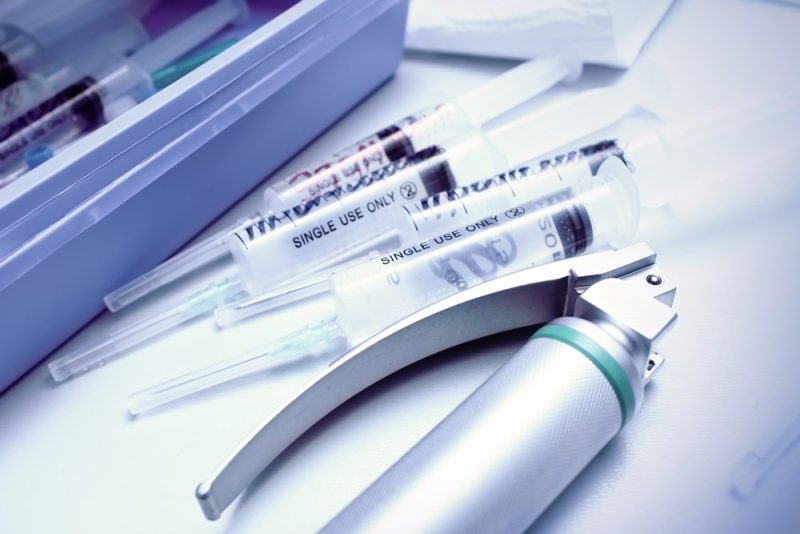In healthcare systems across the United States, the safe and effective use of medical devices depends heavily on proper labeling. As device technologies become more advanced and widely distributed, clear instructions and regulatory alignment are essential. Medical device labeling serves as a cornerstone for both patient safety and compliance with federal standards, helping manufacturers and healthcare providers manage risks and responsibilities.
The Role of Medical Device Labeling in Patient Safety
Medical device labeling communicates vital information about a product’s intended use, risks, and limitations. It guides both trained professionals and end users on how to handle and operate devices correctly. Without clear labeling, even the most reliable equipment can become a liability if misused.
Key components of effective labeling include:
- Detailed instructions for use to ensure proper handling and application
- Warnings and contraindications that highlight potential risks or inappropriate usage
- Storage and maintenance guidelines to preserve device performance
- Expiration or shelf-life indicators to avoid using outdated or ineffective products
Labeling acts as a preventive measure against user error and miscommunication. In fields such as surgery or home healthcare, where device misuse can lead to serious complications, having accessible and accurate labeling is critical.
Aligning with Regulatory Standards in the United States
In the United States, medical device labeling is regulated by the Food and Drug Administration (FDA), which enforces strict standards to ensure transparency and consistency. Manufacturers must comply with a range of requirements that help support patient safety and enable effective tracking and oversight.
Regulatory elements include:
- Unique Device Identification (UDI) systems for traceability and recall management
- Language and symbol clarity to accommodate diverse users and healthcare settings
- Electronic labeling options for digital access in specific device categories
Failure to meet these standards can result in product recalls, regulatory penalties, or loss of market access. Manufacturers are expected to monitor regulatory changes and adjust their labeling accordingly to remain compliant and protect users.
Value for Healthcare Providers and Patients
Beyond compliance, high-quality medical device labeling supports day-to-day care delivery. For clinicians, labeling provides quick reference points for safe device selection and use. For patients, especially those managing devices at home, labeling offers clear instructions that foster proper usage and adherence.
Well-structured labeling also facilitates communication across care teams. When everyone involved in a patient’s treatment works from consistent information, the chance of confusion or misuse is reduced. This contributes to more coordinated care and improved outcomes.
A Resource for Trusted Labeling Support
Organizations that require outsourced support for labeling, assembly, and packaging often turn to experienced providers. MDI is one such resource, offering services that meet FDA standards and industry best practices for medical device labeling and packaging. Their solutions help manufacturers meet compliance needs while ensuring products are handled and presented properly.
Maintaining high standards for medical device labeling is not just a regulatory necessity. It is a foundational part of patient care, device reliability, and public health protection. As medical products continue to evolve, labeling practices must evolve alongside them to ensure safety, clarity, and accountability at every stage of the supply chain.

